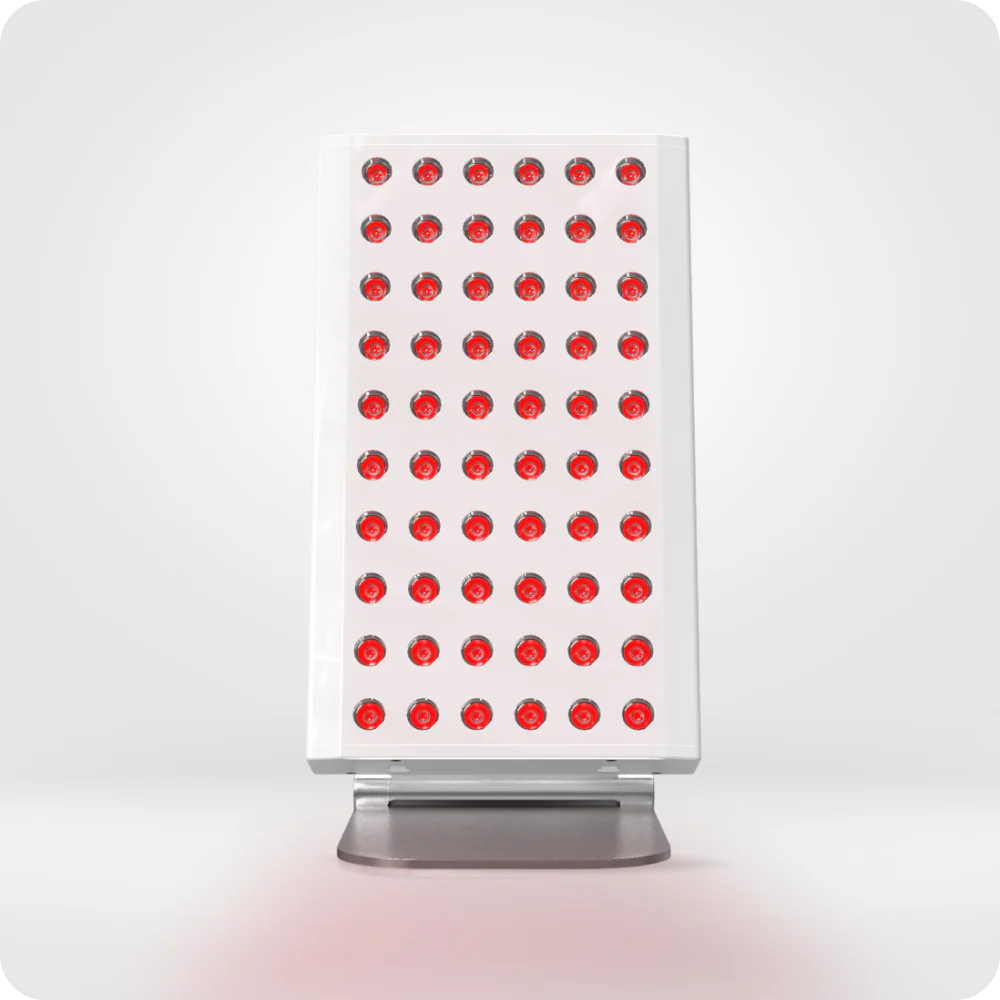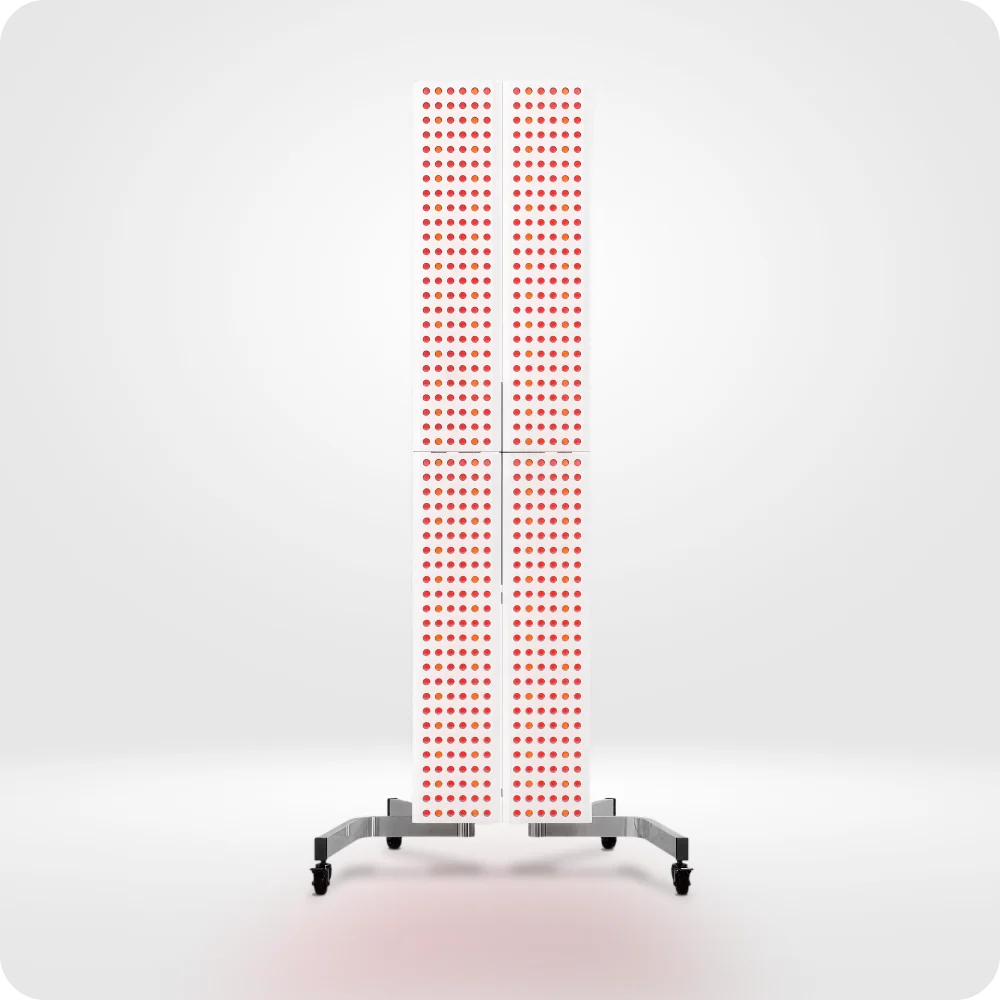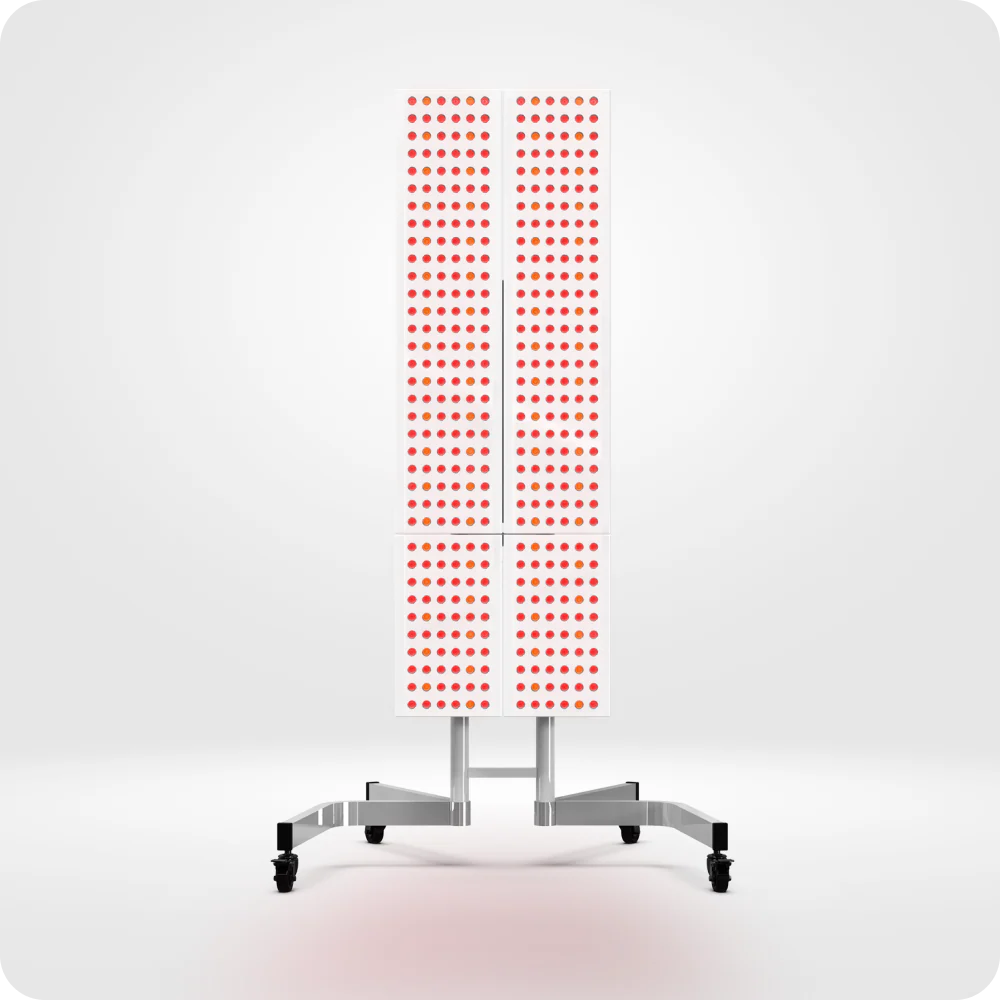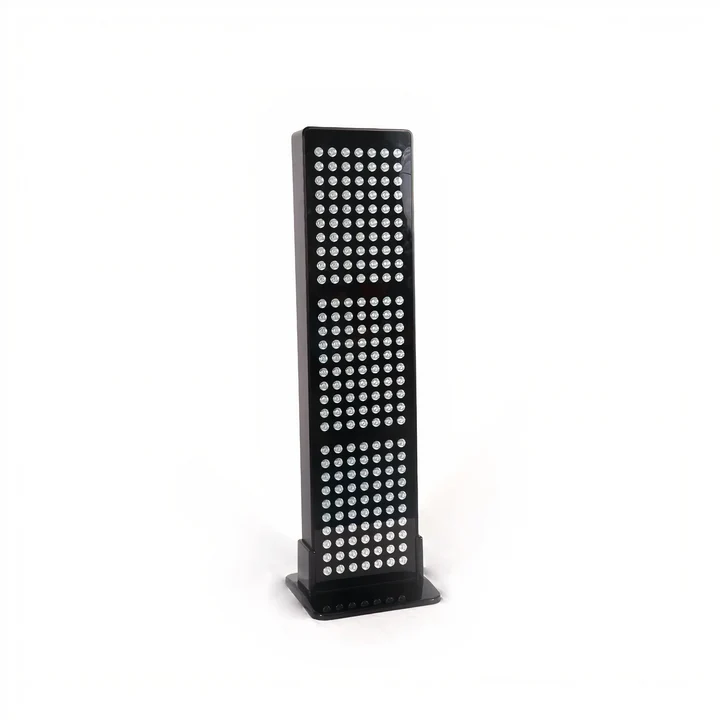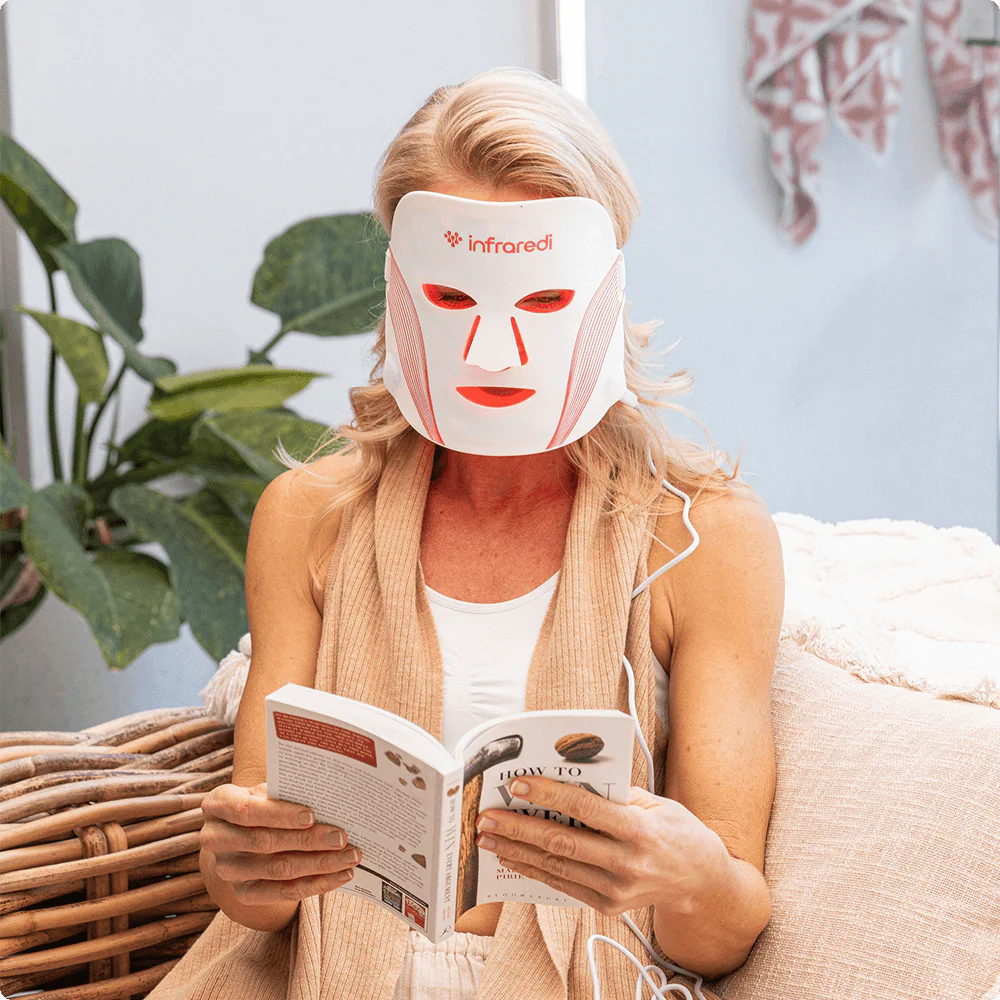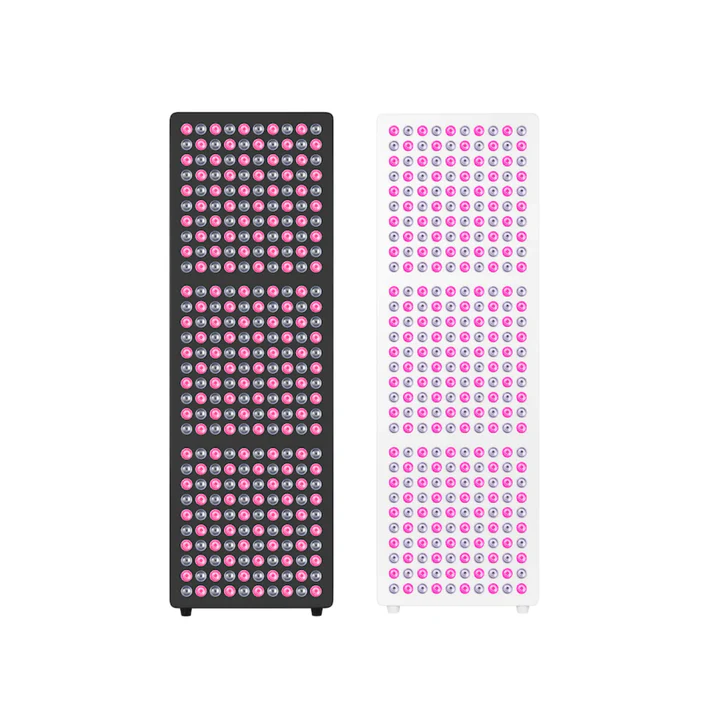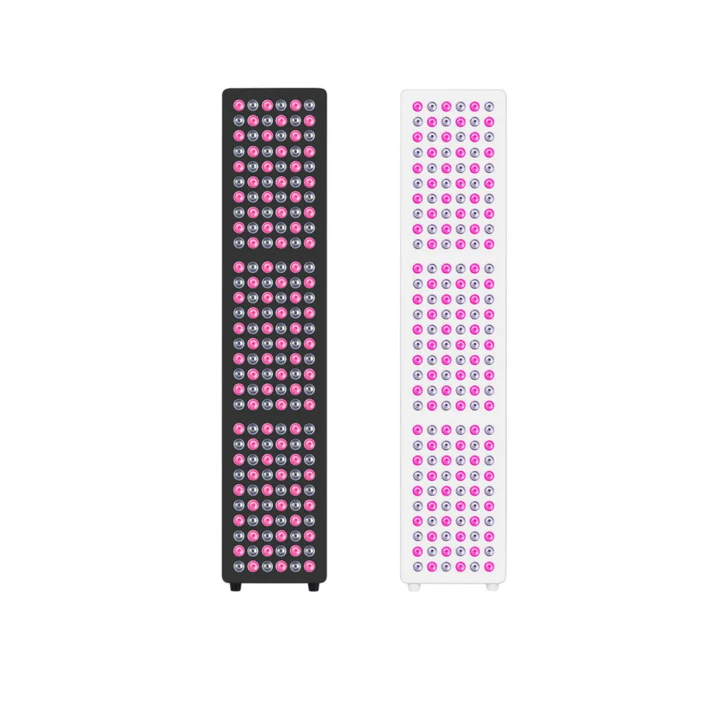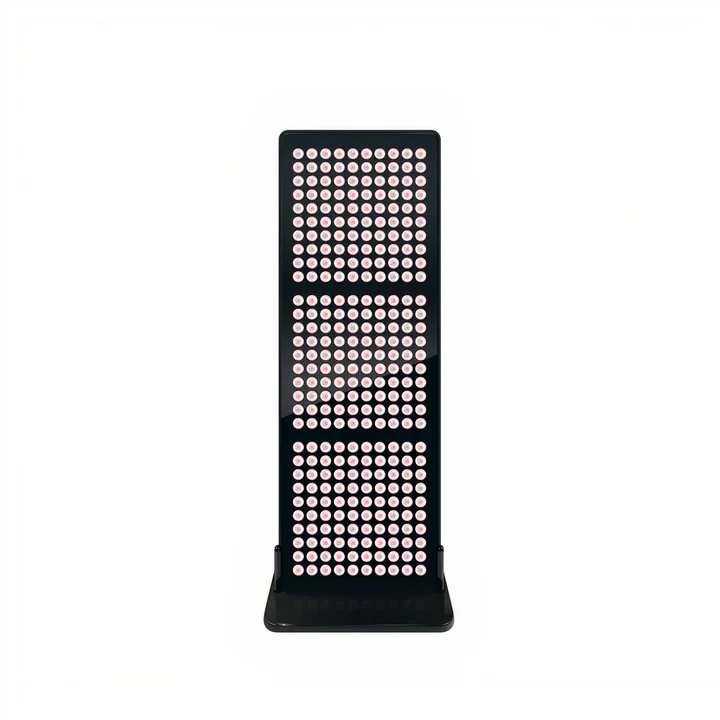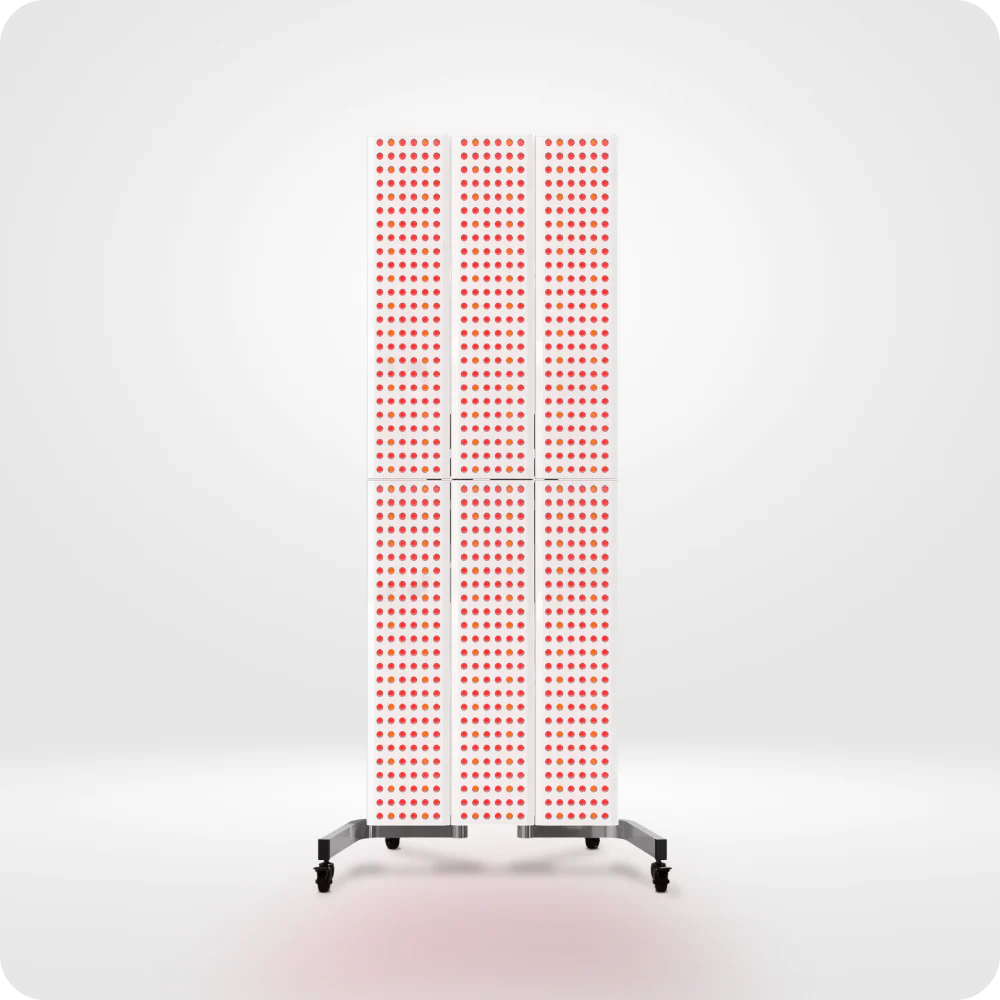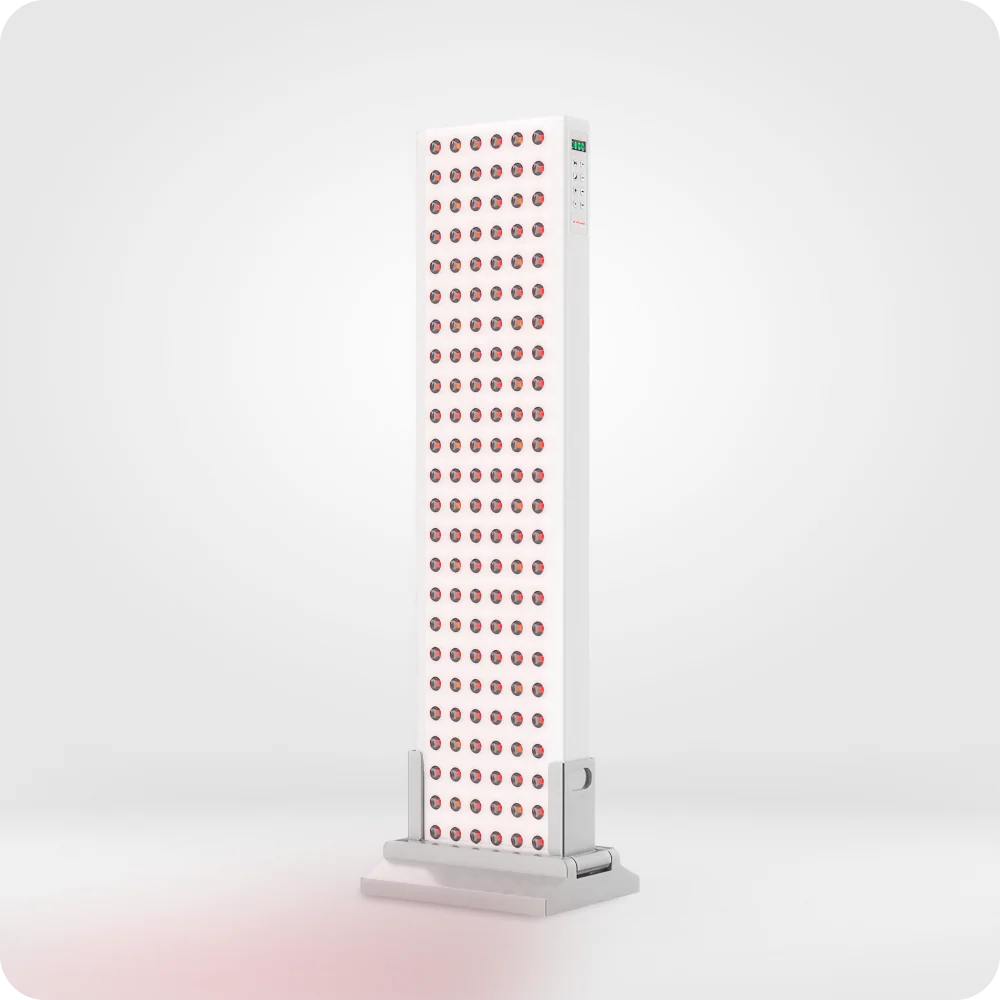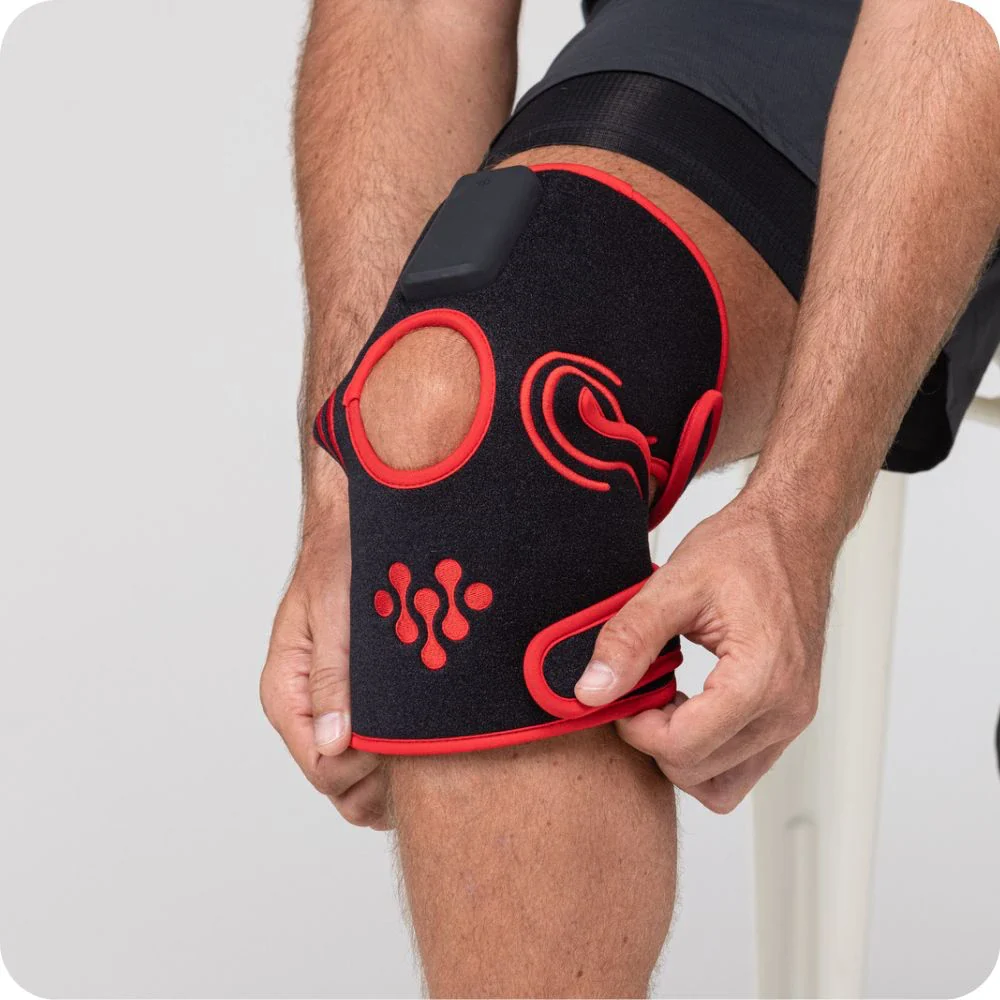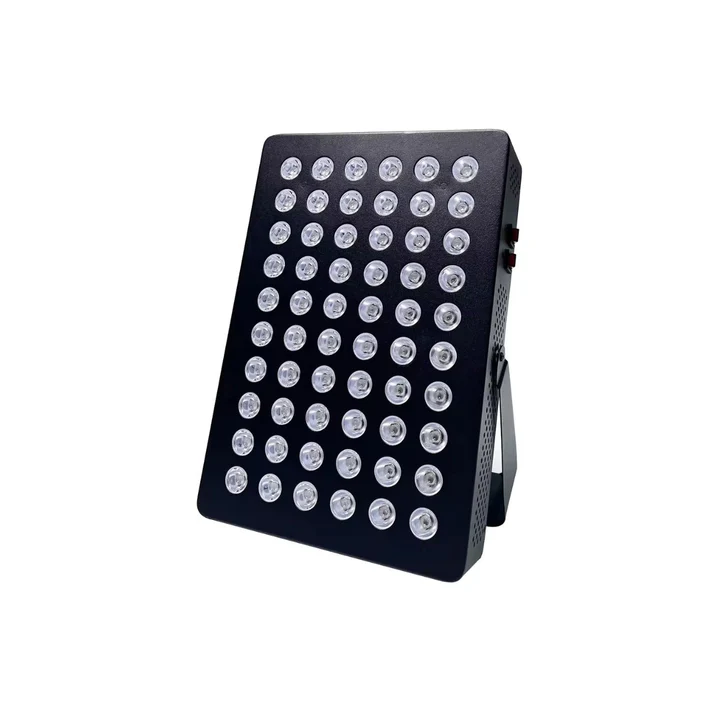LED Light Therapy for Acne: Does It Really Work?
Acne affects millions of people worldwide, prompting countless searches for effective, safe treatment options. LED light therapy has emerged as a promising, non-invasive alternative to traditional acne treatments, but does the science support the claims? This comprehensive examination of clinical research, dermatological studies, and real-world evidence provides a definitive answer to whether LED light therapy truly works for acne treatment.
The Evidence-Based Answer: Yes, It Works
Extensive clinical research confirms that LED light therapy is indeed effective for treating acne. Multiple peer-reviewed studies demonstrate significant improvements in inflammatory and non-inflammatory acne lesions, with success rates ranging from 65-85% across different study populations. The therapy works through specific biological mechanisms that target the root causes of acne formation.
The Science Behind LED Therapy for Acne
How Light Targets Acne at the Cellular Level
LED light therapy for acne operates through photodynamic effects that specifically target Propionibacterium acnes (P. acnes), the bacteria primarily responsible for inflammatory acne. Research published in the Journal of Clinical and Aesthetic Dermatology demonstrates that specific wavelengths of light activate porphyrins - naturally occurring compounds within P. acnes bacteria - causing the bacteria to self-destruct.
Wavelength-Specific Mechanisms
Bacterial Elimination
Penetrates 1-2mm into skin, targeting P. acnes bacteria in hair follicles. Activates bacterial porphyrins, creating reactive oxygen species that destroy bacteria without harming surrounding tissue.
Anti-Inflammatory Action
Penetrates deeper (2-3mm) to reduce inflammation, promote healing, and stimulate cellular repair. Particularly effective for post-inflammatory hyperpigmentation and acne scarring.
Synergistic Effects
Blue and red light combination provides comprehensive treatment - bacterial reduction plus anti-inflammatory healing. Research shows superior results compared to single-wavelength treatments.
Clinical Evidence: What the Studies Show
The effectiveness of LED light therapy for acne is supported by numerous peer-reviewed clinical trials. A comprehensive systematic review analysed data from over 1,200 patients across multiple studies to establish treatment efficacy.
Landmark Clinical Trial Results
A randomised controlled trial published in the British Journal of Dermatology followed 107 patients with moderate acne for 12 weeks. Participants receiving LED therapy showed a 68% reduction in inflammatory lesions and a 58% reduction in non-inflammatory lesions compared to the control group. No significant side effects were reported.
Comparing LED Therapy to Traditional Acne Treatments
| Treatment Type | Effectiveness | Side Effects | Treatment Duration |
|---|---|---|---|
| LED Light Therapy | 65-85% improvement | Minimal (temporary redness) | 6-12 weeks |
| Topical Antibiotics | 60-75% improvement | Dryness, irritation, resistance | 8-16 weeks |
| Benzoyl Peroxide | 55-70% improvement | Dryness, bleaching, irritation | 6-12 weeks |
| Oral Antibiotics | 70-80% improvement | GI upset, resistance, systemic effects | 12-24 weeks |
Advantages of LED Therapy Over Conventional Treatments
Research consistently demonstrates several key advantages of LED light therapy compared to traditional acne treatments, making it an increasingly popular choice among dermatologists and patients alike.
Key Benefits of LED Acne Treatment
No Antibiotic Resistance
Unlike topical and oral antibiotics, LED therapy cannot contribute to bacterial resistance, making it a sustainable long-term treatment option.
Minimal Side Effects
Clinical studies report only mild, temporary redness in less than 5% of patients, with no systemic effects or skin sensitisation.
Suitable for Sensitive Skin
Non-chemical approach makes LED therapy ideal for patients who cannot tolerate traditional topical treatments due to skin sensitivity.
Pregnancy-Safe Option
No systemic absorption or teratogenic concerns make LED therapy an attractive alternative for pregnant women with acne..
Complementary Treatment
Can be safely combined with other acne treatments to enhance overall therapeutic outcomes without increasing side effects.
Treatment Protocols and Expected Results
Evidence-Based Treatment Schedules
Clinical research has established optimal treatment protocols that maximise effectiveness whilst minimising treatment time. Most successful studies use consistent, regular treatment schedules rather than sporadic applications.
Optimal Treatment Protocol Research
A study published in Photodermatology, Photoimmunology & Photomedicine compared different treatment frequencies in 180 patients. The most effective protocol involved twice-weekly treatments for 8 weeks, achieving superior results compared to daily or weekly treatment schedules.
Timeline for Acne Improvement
Understanding realistic expectations for acne improvement is crucial for treatment success. Research shows that acne responds to LED therapy in predictable patterns, with different types of lesions clearing at different rates.
- Week 1-2: Reduced inflammation and redness in existing lesions
- Week 3-4: Fewer new breakouts and faster healing of current acne
- Week 5-8: Significant reduction in overall acne lesion count
- Week 8-12: Maximum therapeutic benefit and skin texture improvement
- Maintenance: Periodic treatments to maintain clear skin
Important Considerations for Treatment Success
Whilst LED therapy is highly effective, success depends on proper device selection, consistent treatment schedules, and realistic expectations. Clinical studies emphasise that home devices must meet specific power and wavelength requirements to achieve therapeutic effects comparable to professional treatments.
Who Benefits Most from LED Acne Therapy?
Ideal Candidates Based on Research
Clinical trials have identified specific patient populations that respond particularly well to LED light therapy, helping healthcare providers make informed treatment recommendations.
Best Candidates for LED Acne Treatment
- Patients with mild to moderate inflammatory acne
- Individuals with antibiotic-resistant acne strains
- Those experiencing side effects from conventional treatments
- Patients seeking hormone-free acne management
- Adolescents and adults with sensitive skin types
- Individuals requiring safe, long-term acne maintenance
Acne Severity and Treatment Response
Research indicates that LED therapy effectiveness varies based on acne severity, with mild to moderate cases showing the best response rates. A meta-analysis of 15 clinical studies found optimal results in patients with inflammatory lesion counts between 10-40 per treatment area.
Acne Severity Response Study
Research published in Dermatology Online Journal analysed treatment outcomes across different acne severities in 445 patients. Mild acne showed 81% improvement rates, moderate acne achieved 73% improvement, whilst severe acne demonstrated 52% improvement with LED therapy alone.
Safety Profile and Contraindications
Comprehensive Safety Data
One of the most compelling aspects of LED light therapy for acne is its exceptional safety profile. Extensive clinical research involving thousands of patients has established LED therapy as one of the safest acne treatments available.
Addressing Common Safety Concerns
Unlike some acne treatments that carry risks of birth defects, antibiotic resistance, or severe skin reactions, LED therapy has demonstrated remarkable safety across diverse patient populations. The non-invasive nature and lack of chemical absorption make it suitable for virtually all patients seeking acne treatment.
Rare Side Effects and Precautions
- Temporary mild erythema (redness) lasting 30-60 minutes post-treatment
- Eye protection required during treatment sessions
- Potential photosensitivity if combined with certain medications
- Not recommended for patients with active skin cancer in treatment area
- LED therapy does emit EMFs, though low-EMF light therapy products are available
Cost-Effectiveness and Long-Term Value
Economic Analysis of LED Acne Treatment
Research examining the cost-effectiveness of LED therapy compared to conventional acne treatments reveals significant long-term economic advantages, particularly when considering the reduced need for ongoing medication purchases and dermatologist visits.
Economic Outcomes Research
A health economics study published in the Journal of Dermatological Treatment followed 200 patients for 2 years, comparing total treatment costs between LED therapy and conventional treatments. LED therapy patients spent 47% less on acne treatment over the study period due to reduced medication costs and fewer dermatologist consultations.
Future Developments and Emerging Research
Current research continues to refine LED therapy protocols and explore new applications in acne treatment. Recent studies investigate combination wavelengths, pulsed light protocols, and personalised treatment approaches based on individual skin characteristics.
Key Research Findings Summary
- LED light therapy demonstrates 65-85% effectiveness for acne treatment
- Blue light (415nm) targets P. acnes bacteria through photodynamic action
- Red light (660nm) provides anti-inflammatory and healing benefits
- Treatment is safe with minimal side effects across all patient populations
- Results typically appear within 2-4 weeks of consistent treatment
- Cost-effective alternative to long-term conventional therapies
Conclusion: The Verdict on LED Therapy for Acne
The scientific evidence overwhelmingly supports LED light therapy as an effective, safe, and practical treatment for acne. With success rates comparable to or exceeding traditional treatments, combined with superior safety profiles and long-term cost benefits, LED therapy represents a significant advancement in acne management.
For individuals struggling with acne, particularly those seeking alternatives to antibiotics or harsh topical treatments, LED light therapy offers a scientifically validated solution backed by robust clinical evidence. The technology's non-invasive nature, absence of systemic side effects, and proven efficacy make it an excellent choice for both acute treatment and long-term acne management.
Making an Informed Decision
Whilst LED light therapy is highly effective for most people with acne, consulting with a dermatologist ensures proper diagnosis and treatment planning. Professional guidance helps optimise treatment protocols and may identify opportunities to combine LED therapy with other treatments for maximum benefit.
